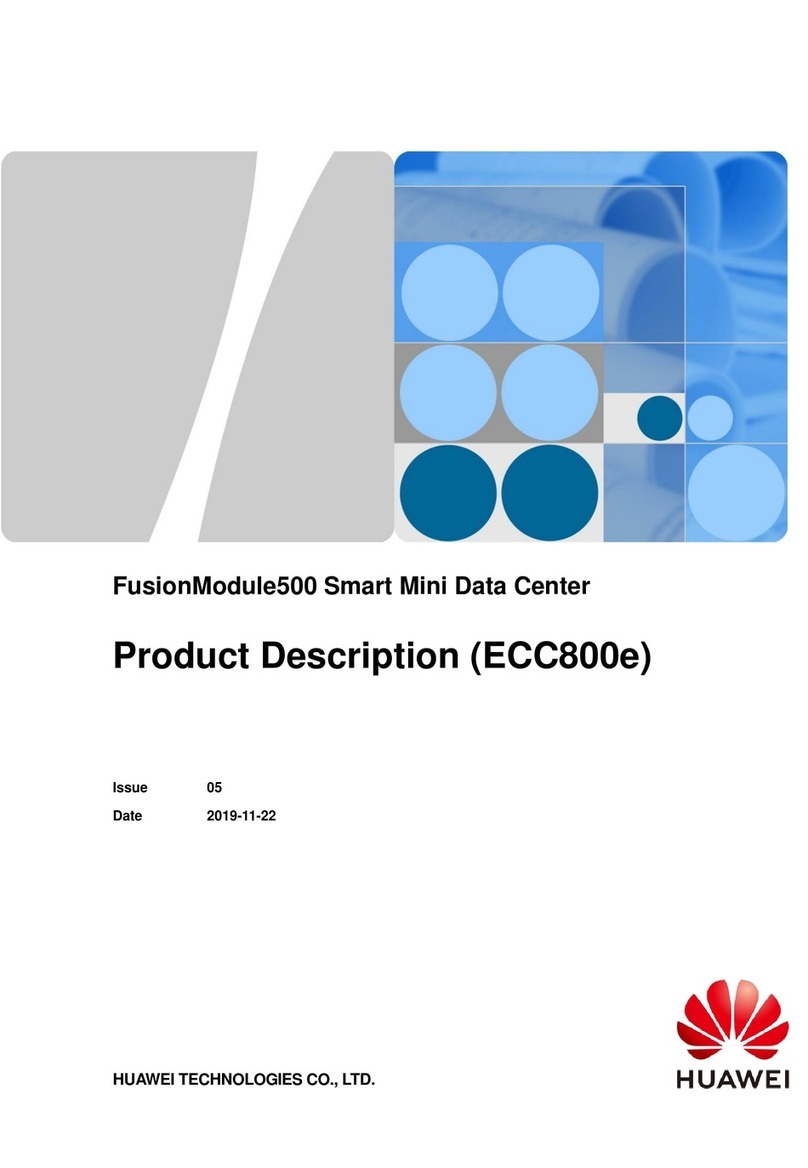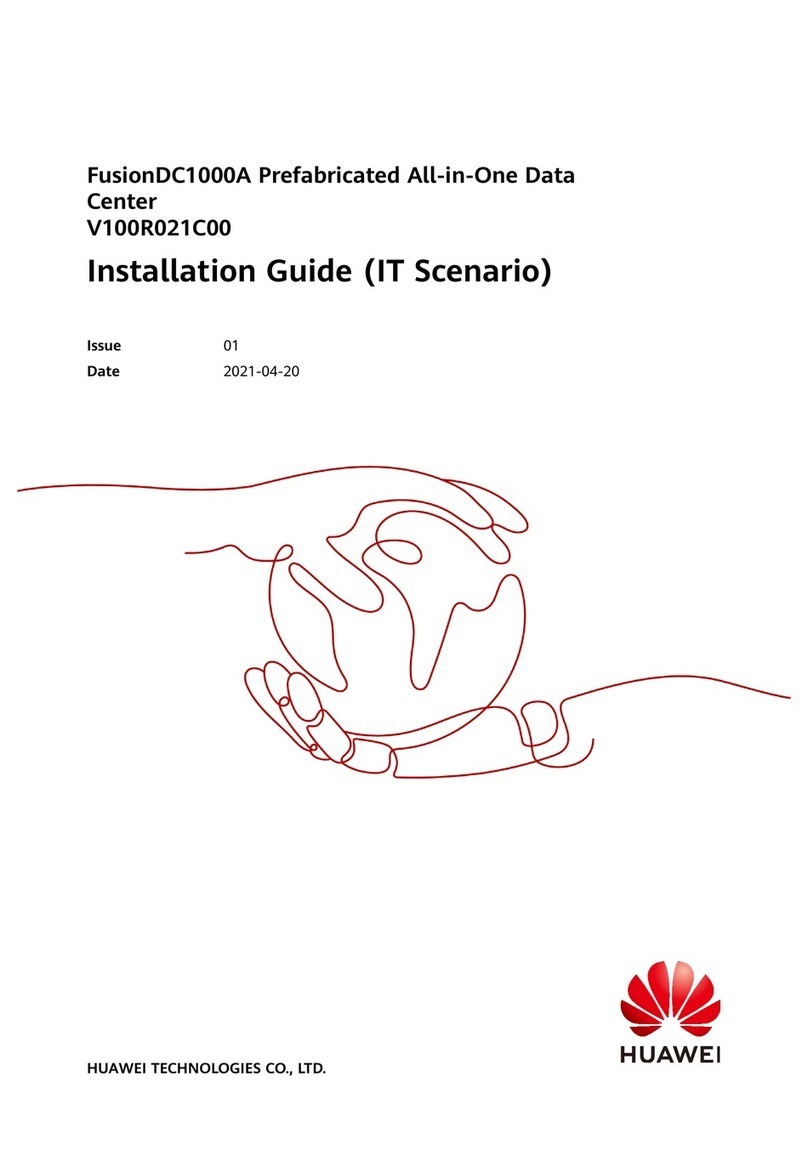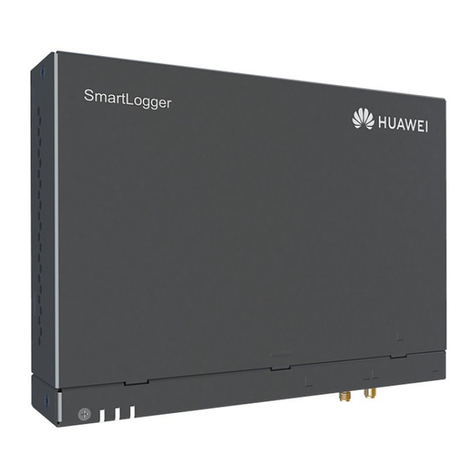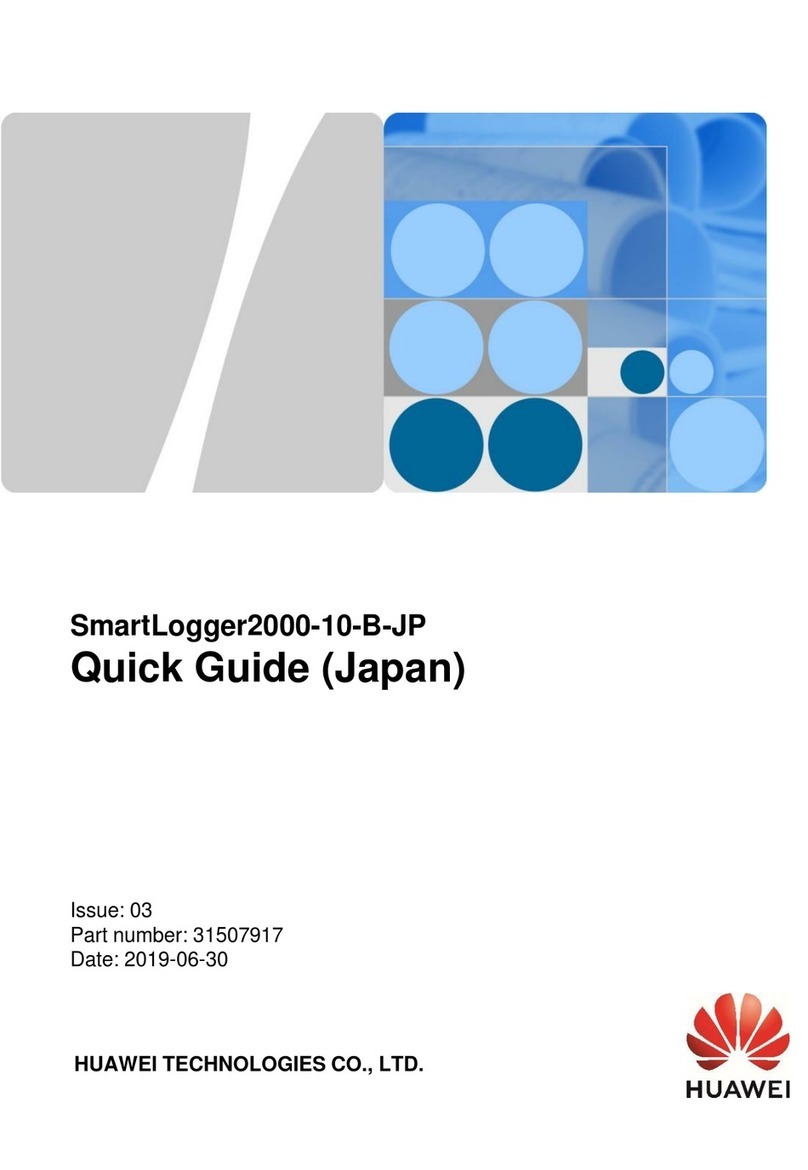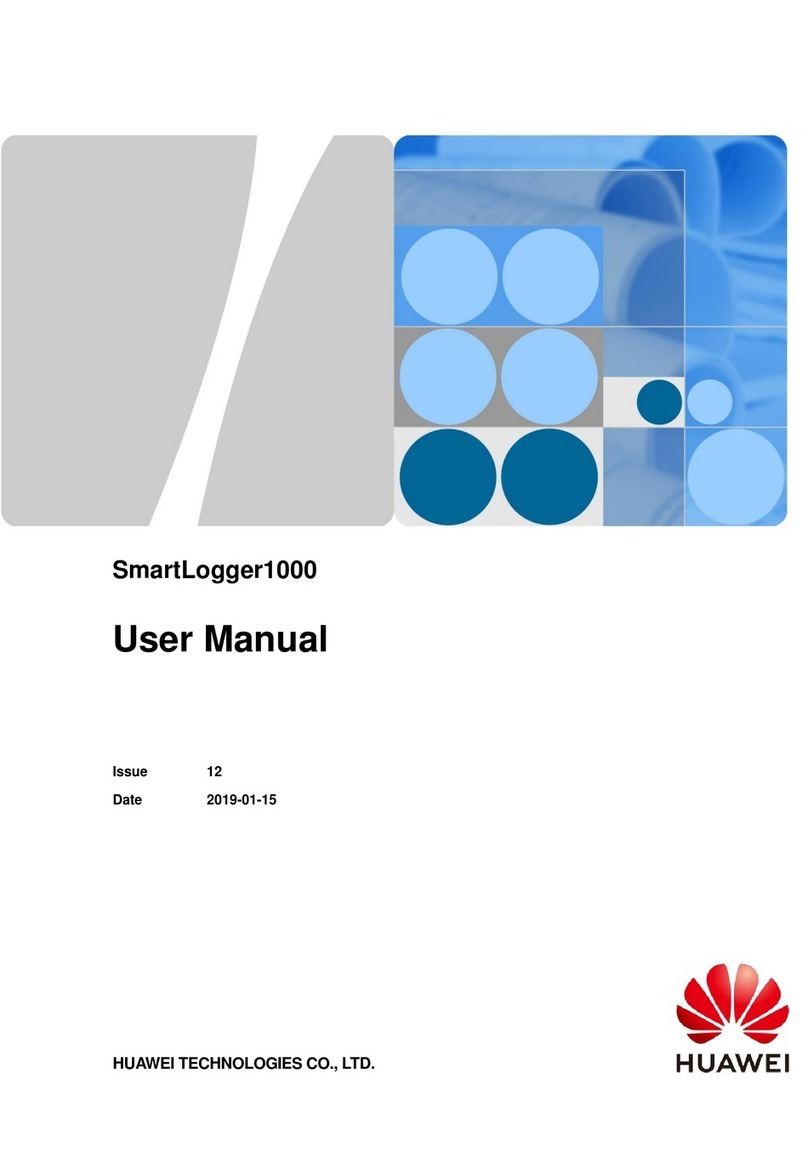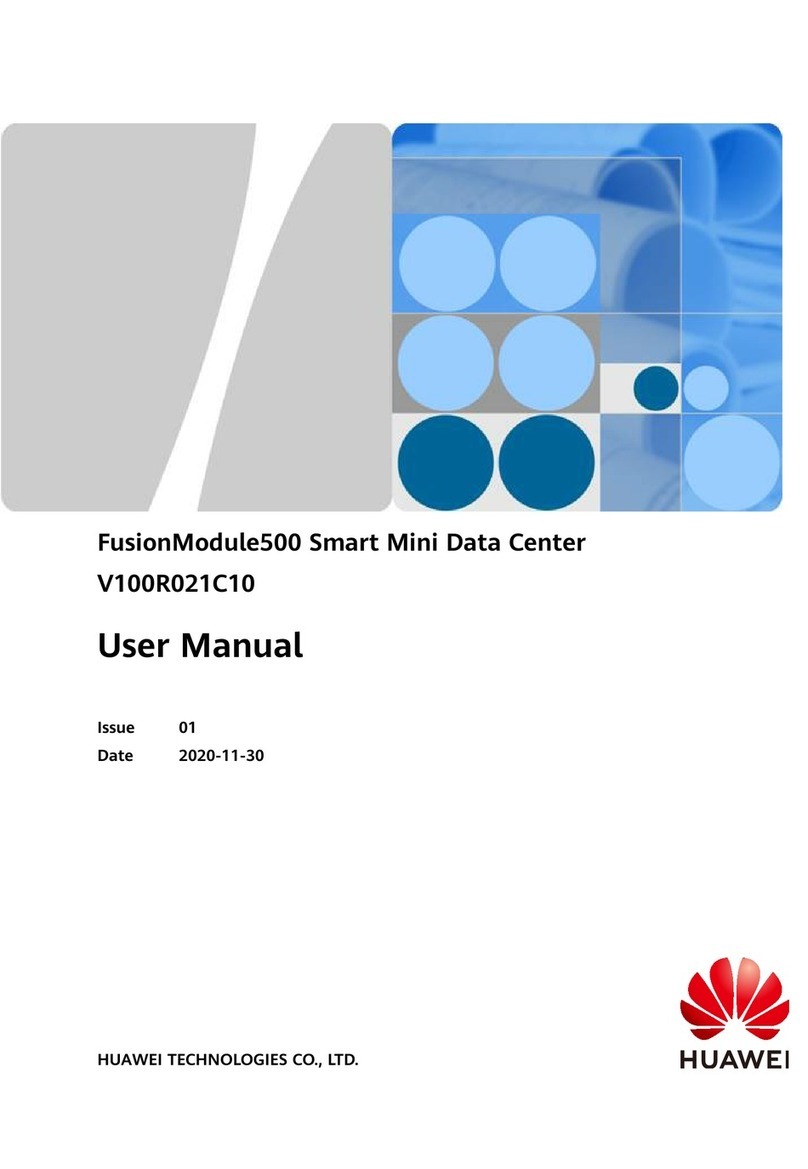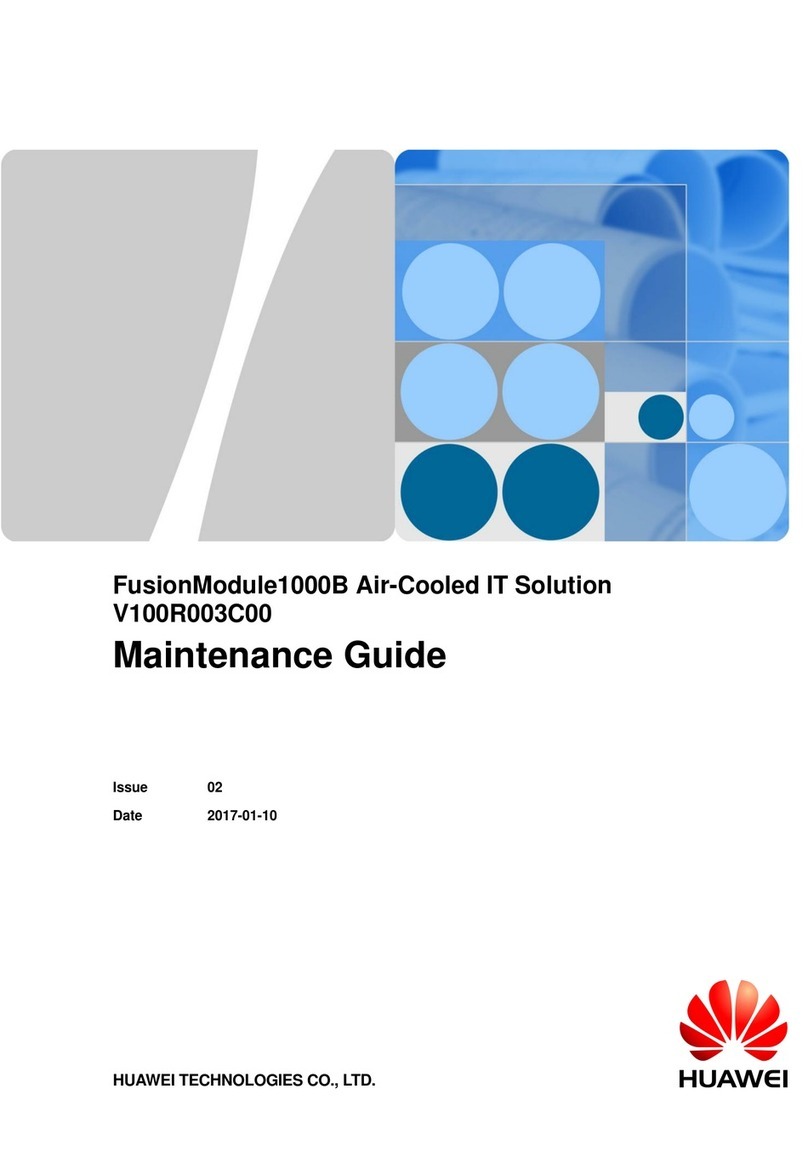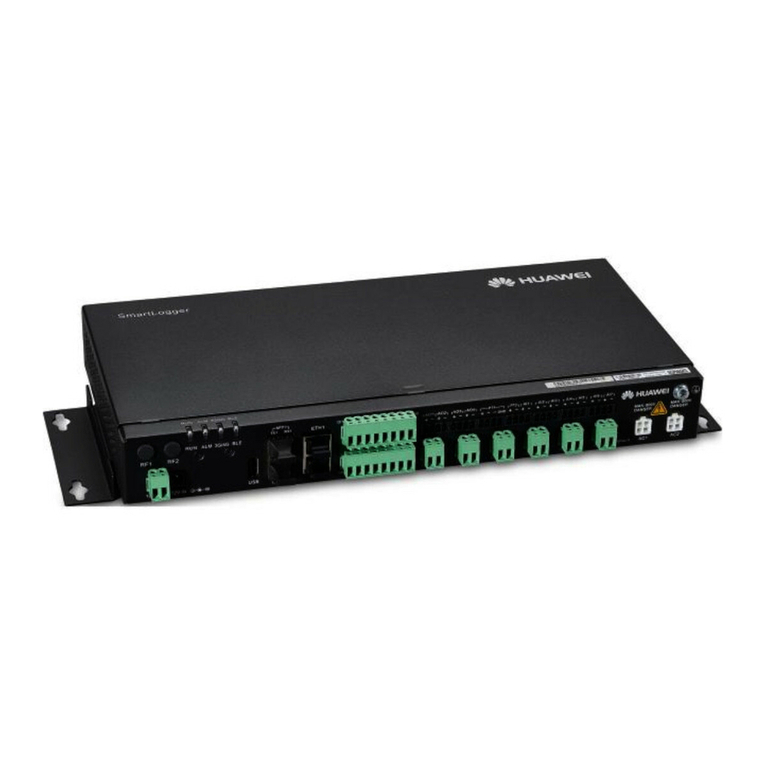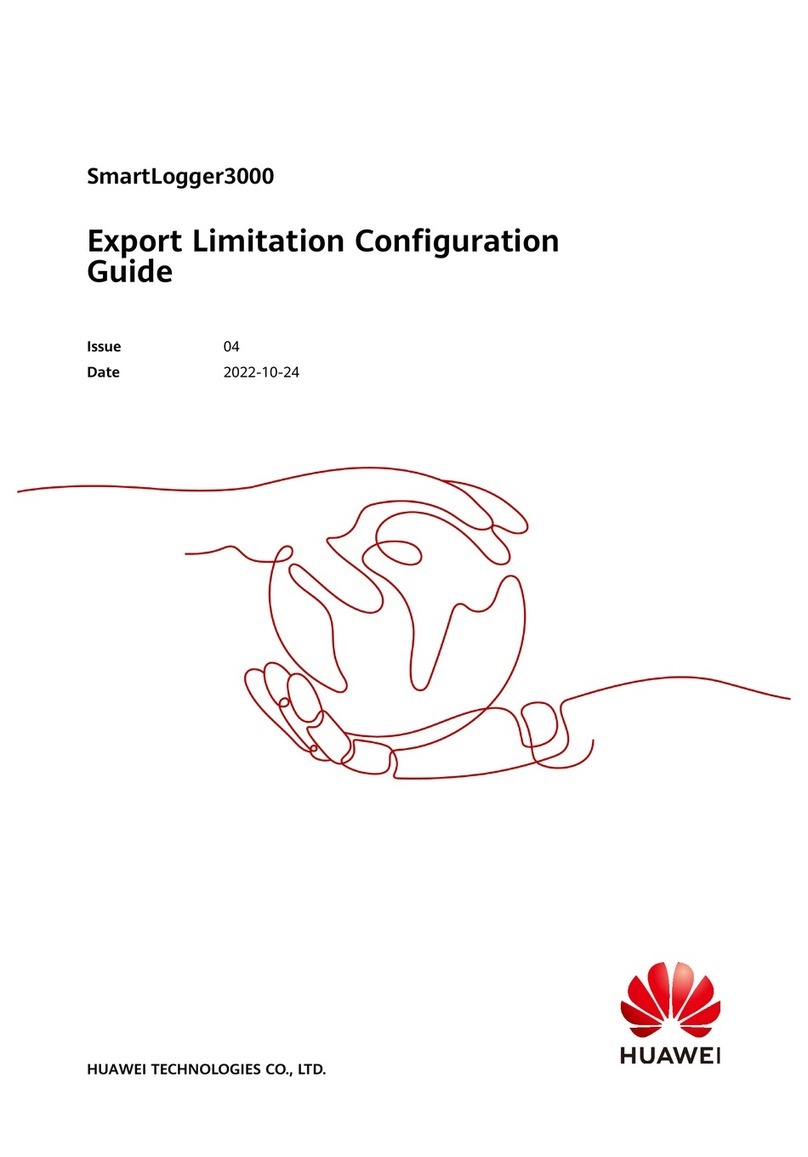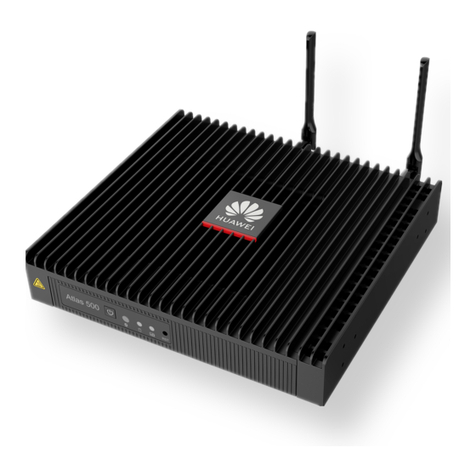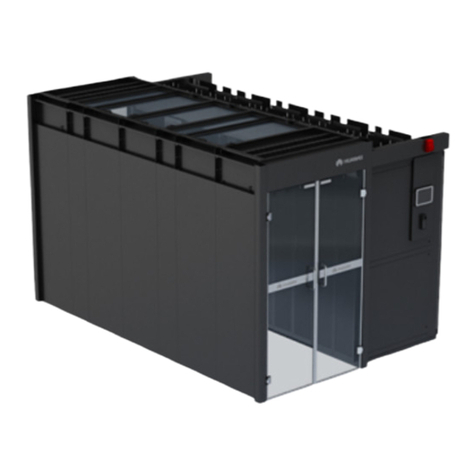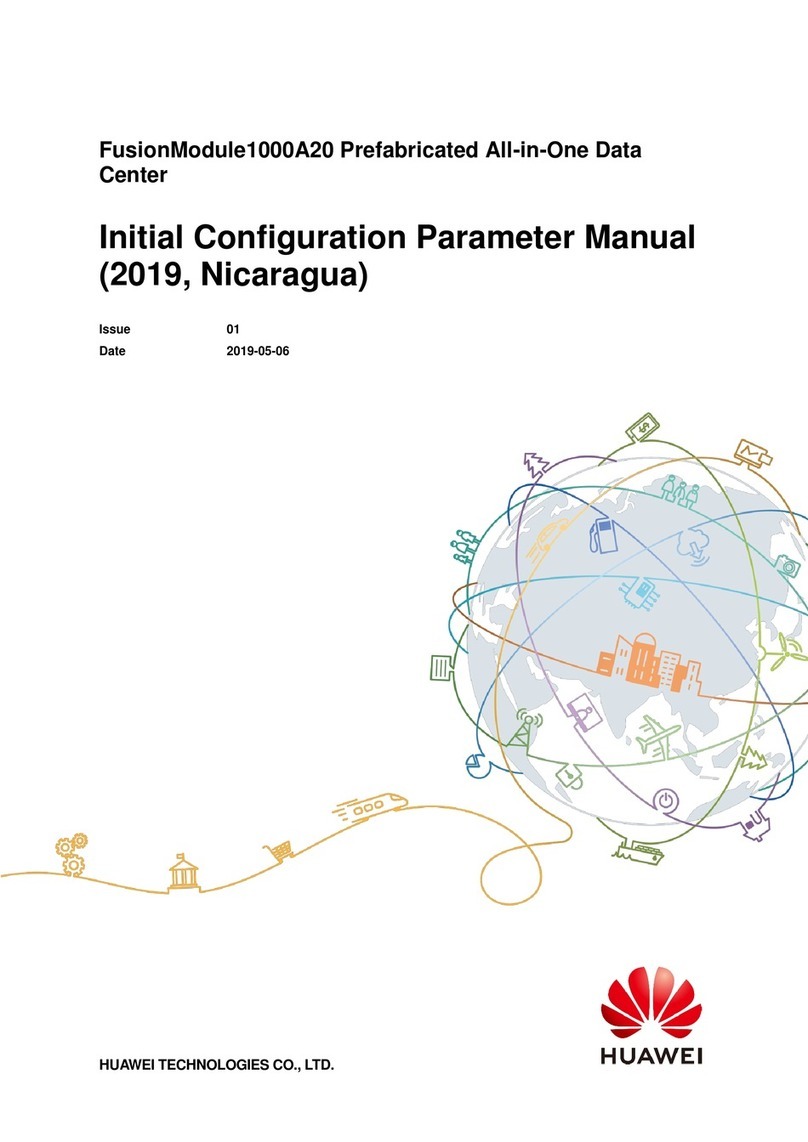
4.5.4 Fire Extinguishing System (CE)..................................................................................................................................... 53
4.5.5 Other Systems.................................................................................................................................................................... 56
5 Common Faults and Troubleshooting Measures........................................................... 58
5.1 Troubleshooting the PDF (ATS Input)........................................................................................................................... 58
5.2 Troubleshooting the Fresh Air Integrated Unit...........................................................................................................66
5.3 Troubleshooting the Intelligent Heat Exchanger....................................................................................................... 69
6 Parts Replacement................................................................................................................ 72
6.1 Replacing Components for the Power Supply and Distribution System............................................................72
6.1.1 Replacing AC-DC Power System Components........................................................................................................ 72
6.1.2 Replacing an Input PDF Component.......................................................................................................................... 73
6.1.2.1 Replacing an ATS Controller (02404913).............................................................................................................. 73
6.1.2.2 Replacing an Input Switch (02402732-009)......................................................................................................... 74
6.1.2.3 Replacing an ATS Controller (02404923).............................................................................................................. 76
6.1.2.4 Replacing an MCB..........................................................................................................................................................77
6.1.2.5 Replacing an SPD........................................................................................................................................................... 79
6.1.2.6 Replacing an Indicator................................................................................................................................................. 80
6.1.3 Replacing a Battery for the DC Power System........................................................................................................ 81
6.1.4 Replacing a Light............................................................................................................................................................... 82
6.2 Replacing Cooling System Components....................................................................................................................... 83
6.2.1 Replacing the Fresh Air Integrated Unit.................................................................................................................... 83
6.2.1.1 Replacing the Air Filter................................................................................................................................................ 83
6.2.1.2 Replacing the Internal Cycle Fan.............................................................................................................................. 84
6.2.1.3 Replacing the External Cycle Fan............................................................................................................................. 84
6.2.2 Replacing an Intelligent Heat Exchanger..................................................................................................................85
6.3 Replacing Monitoring System Components................................................................................................................ 86
6.3.1 Replacing an ECC800-Pro Main Control Module....................................................................................................86
6.3.2 Replacing an ECC800-Pro PSU...................................................................................................................................... 88
6.3.3 Replacing a Smart ETH Gateway................................................................................................................................. 89
6.3.4 Replacing an ETH Converter..........................................................................................................................................89
6.3.5 Replacing a Camera.......................................................................................................................................................... 90
6.3.6 Replacing Access Control Components......................................................................................................................91
6.3.6.1 Replacing an IC Card Reader..................................................................................................................................... 91
6.3.6.2 Replacing an Exit Button............................................................................................................................................. 93
6.3.6.3 Replacing a Magnetic Lock.........................................................................................................................................94
6.3.6.4 Replacing an Emergency Door Release Button................................................................................................... 96
6.3.6.5 Replacing an Access Actuator....................................................................................................................................97
6.3.7 Replacing a Remote T/H Sensor.................................................................................................................................. 98
6.3.8 (Optional) Replacing a WiFi Converter..................................................................................................................... 99
6.3.9 (Optional) Replacing a Pad......................................................................................................................................... 100
6.4 Replacing Fire Extinguishing System Components (CE)....................................................................................... 100
6.4.1 Replacing a Smoke Detector (CE)............................................................................................................................. 100
6.4.2 Replacing a Heat Detector (CE).................................................................................................................................102
FusionModule1000A20 Prefabricated All-in-One
Data Center
Maintenance Guide Contents
Issue 03 (2022-12-15) Copyright © Huawei Digital Power Technologies Co., Ltd. v
